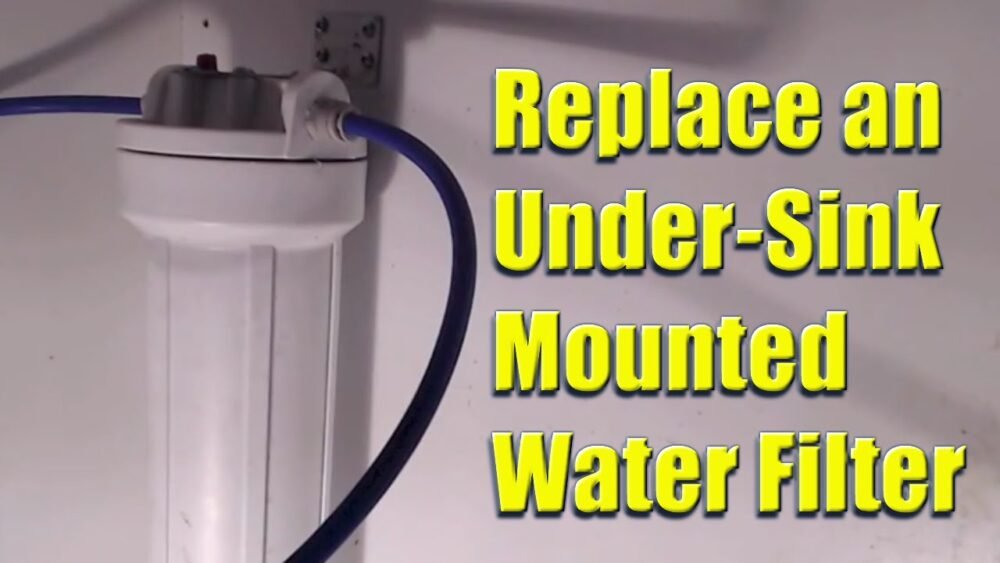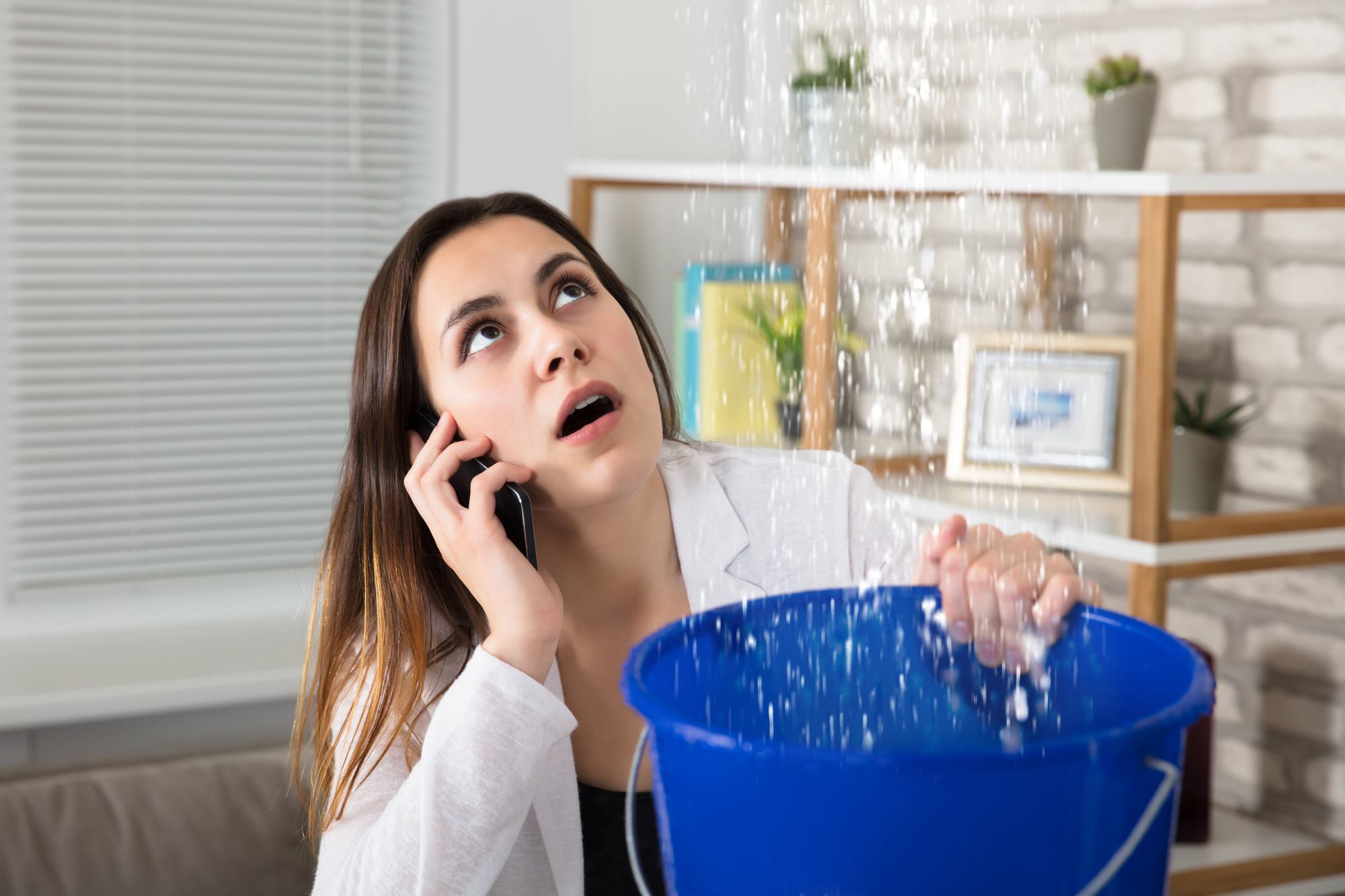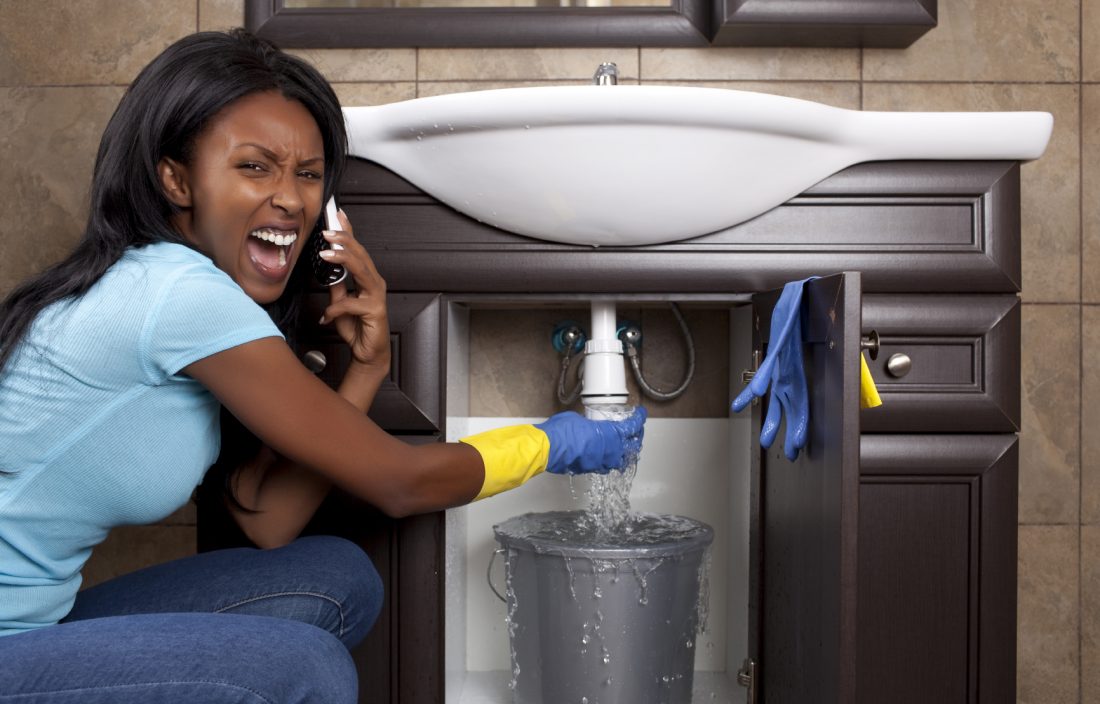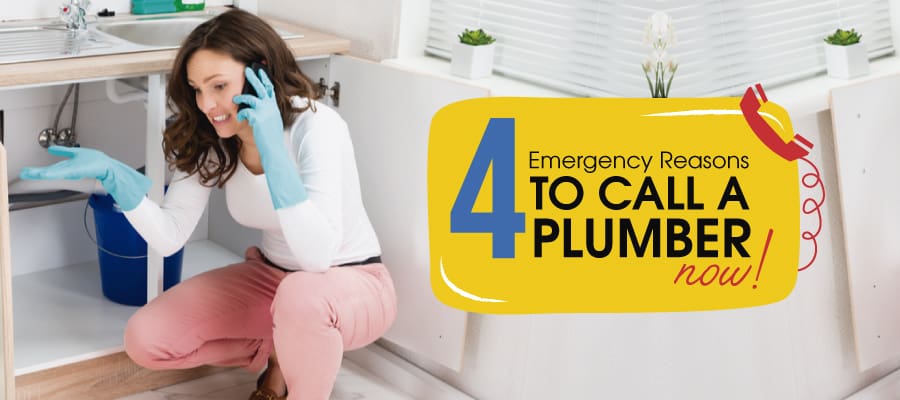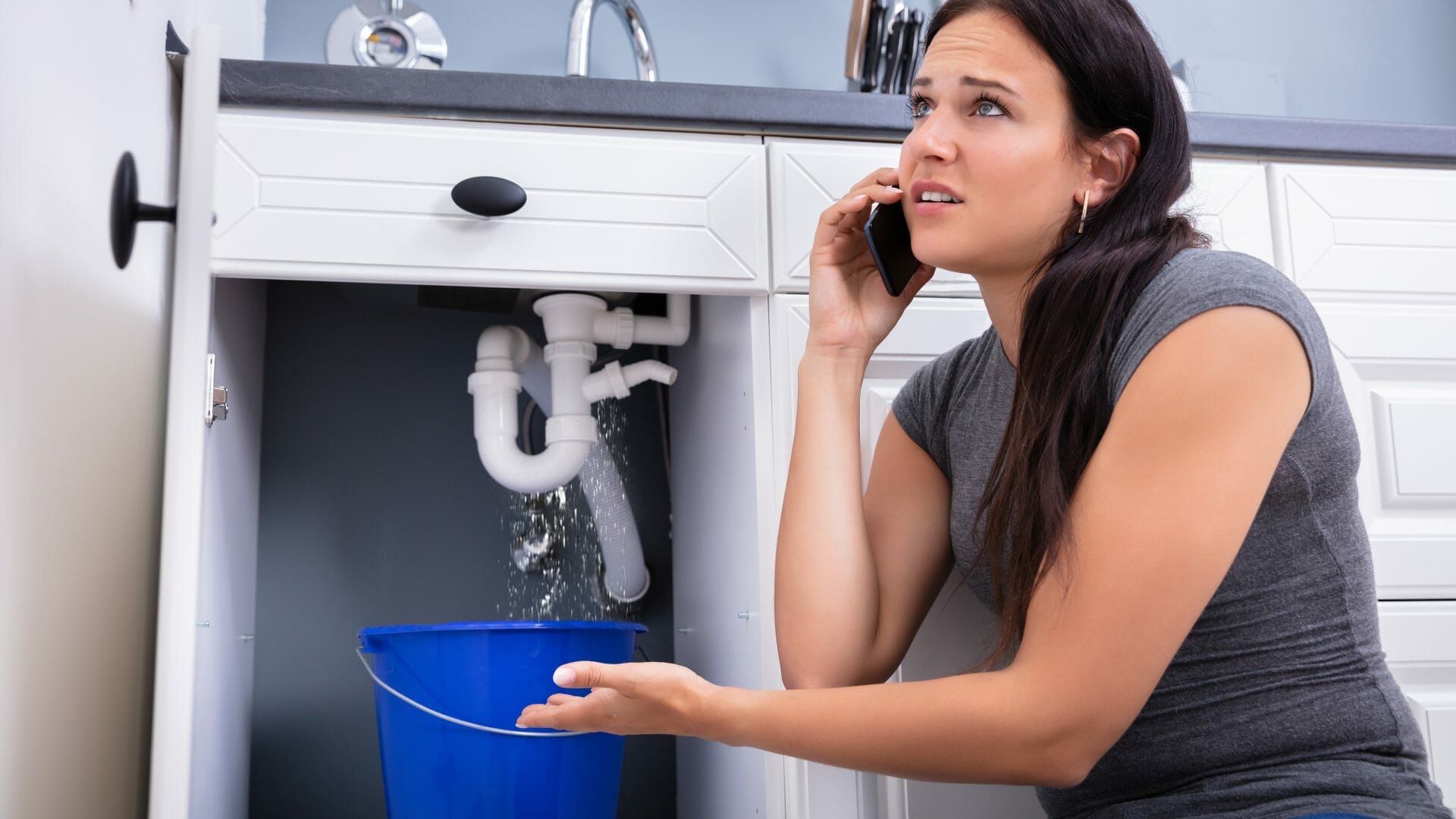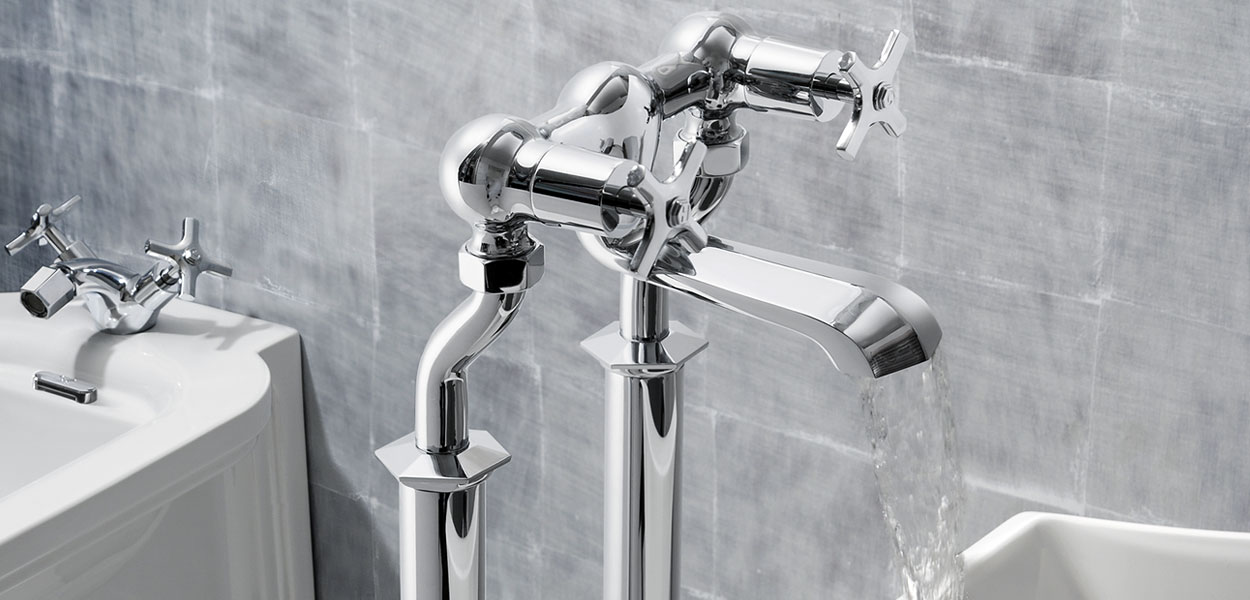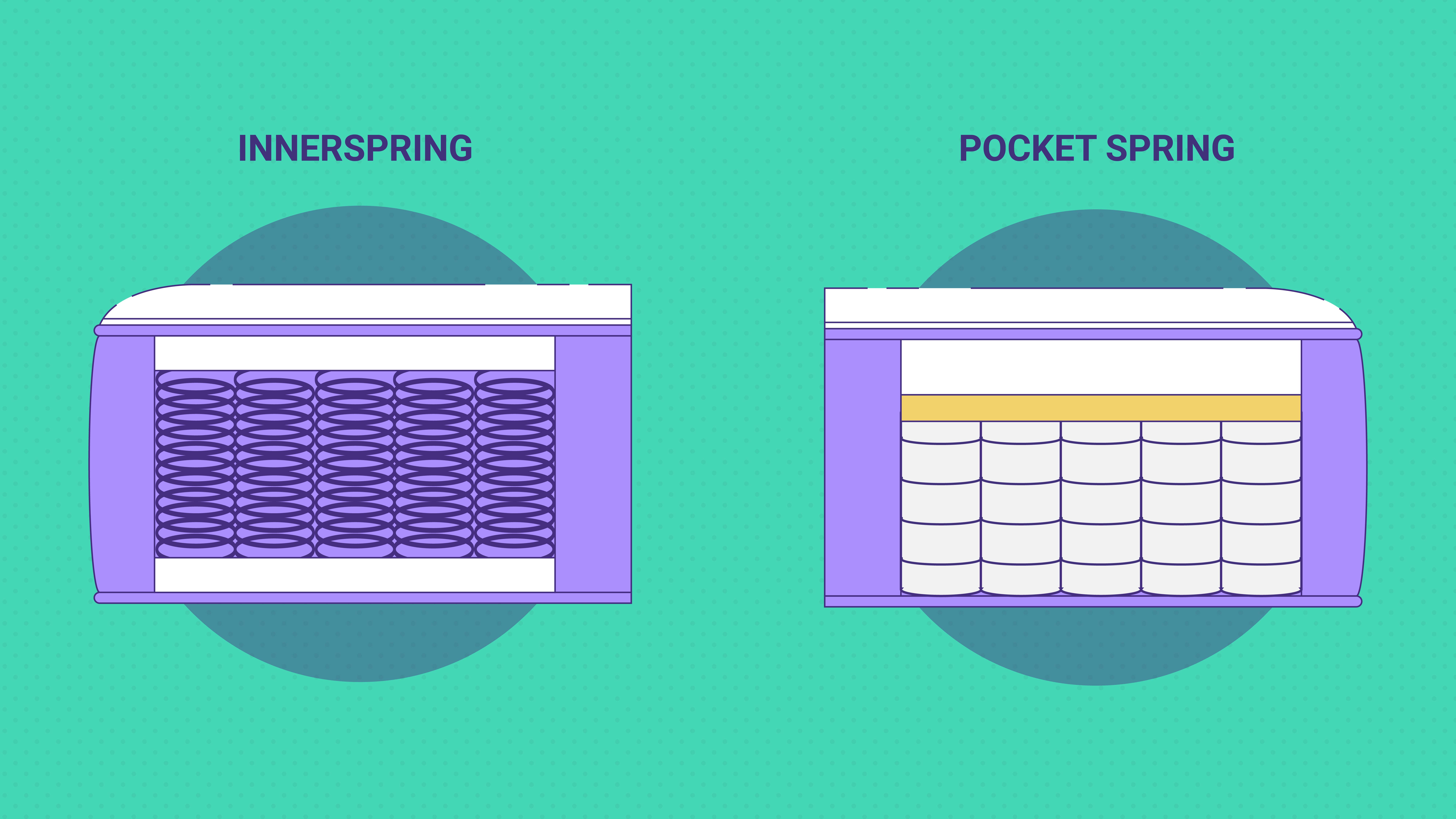If you are experiencing no cold water pressure in your kitchen sink, the first thing you should check is the water supply valve. This valve controls the flow of water into your home and can sometimes get accidentally turned off or closed. Make sure the valve is fully open by turning it counterclockwise. If it was already open, try closing and opening it again to see if that helps increase the cold water pressure.Check the water supply valve
The aerator is a small device attached to the end of your faucet that helps regulate the flow of water. Over time, it can become clogged with mineral deposits or debris, causing a decrease in water pressure. To check the aerator, unscrew it from the faucet and clean it with a mixture of water and vinegar. If the problem persists, you may need to replace the aerator altogether.Check the aerator
The water pressure regulator is a valve that controls the overall pressure of water in your home. If it is not functioning properly, it can cause a decrease in water pressure. To check the regulator, locate it near the main water shut-off valve and make sure it is set to the correct pressure for your household. If it is not, you may need to adjust it or call a professional to do so.Check the water pressure regulator
Clogged pipes can also be the culprit behind low cold water pressure in your kitchen sink. To check for clogs, turn off the water supply and disconnect the pipes under the sink. Inspect them for any blockages and use a plumbing snake or wire brush to remove any debris. Once the pipes are clear, reconnect them and turn the water supply back on.Check the pipes for clogs
The faucet cartridge is a valve inside your faucet that controls the flow of water. If it is damaged or worn out, it can cause a decrease in water pressure. To check the cartridge, turn off the water supply and remove the handle and cartridge from the faucet. Inspect the cartridge for any cracks or damage and replace it if necessary.Check the faucet cartridge
If you have a hot water tank, it is important to check the water heater for any issues that may be affecting your cold water pressure. Make sure the temperature is set to the correct level and check for any leaks or sediment buildup. If you are unsure of how to properly maintain your water heater, it is best to call a professional for assistance.Check the water heater
A leak somewhere in your plumbing system can also cause a decrease in cold water pressure. Check all visible pipes and connections for any signs of leaks, including wet spots or dripping water. If you cannot locate the source of the leak, it is best to call a plumber to inspect your plumbing system.Check for leaks
The shut-off valve is another potential culprit for low cold water pressure in your kitchen sink. This valve controls the flow of water from the main water supply into your home and can sometimes get stuck or become damaged. Locate the shut-off valve near your water meter and make sure it is fully open. If it is damaged, you may need to replace it.Check the shut-off valve
If your kitchen sink has a water filter, it is important to check it regularly for any clogs or buildup. A dirty or clogged filter can restrict the flow of water and cause a decrease in pressure. Replace the filter if it is dirty or clogged and make sure to follow the manufacturer's instructions for proper maintenance.Check the water filter
If none of the above solutions have helped increase the cold water pressure in your kitchen sink, it may be time to call a professional plumber. They have the knowledge and tools to properly diagnose and fix any underlying issues with your plumbing system. Don't hesitate to seek help if you are unable to resolve the problem on your own.Call a plumber
Possible Causes of Low Cold Water Pressure in the Kitchen Sink

Blockage in the Pipes
 One of the most common reasons for low cold water pressure in the kitchen sink is a blockage in the pipes. Over time, debris, mineral deposits, and other materials can build up in the pipes, hindering the flow of water. This can cause a decrease in water pressure, making it difficult to wash dishes or fill pots with water. To check if this is the cause of your low cold water pressure, turn off the water supply and disconnect the pipes under the sink. If you notice any blockages, clean them out with a plumbing snake or call a professional plumber for assistance.
One of the most common reasons for low cold water pressure in the kitchen sink is a blockage in the pipes. Over time, debris, mineral deposits, and other materials can build up in the pipes, hindering the flow of water. This can cause a decrease in water pressure, making it difficult to wash dishes or fill pots with water. To check if this is the cause of your low cold water pressure, turn off the water supply and disconnect the pipes under the sink. If you notice any blockages, clean them out with a plumbing snake or call a professional plumber for assistance.
Issues with the Shut-Off Valve
 Another possible cause of low cold water pressure in your kitchen sink could be an issue with the shut-off valve. This valve controls the flow of water to your sink and can become corroded or damaged over time. If the valve is partially closed or not fully open, it can restrict the flow of water, resulting in low water pressure. To fix this, try opening and closing the valve a few times to see if it improves the water pressure. If not, it may need to be replaced by a professional.
Another possible cause of low cold water pressure in your kitchen sink could be an issue with the shut-off valve. This valve controls the flow of water to your sink and can become corroded or damaged over time. If the valve is partially closed or not fully open, it can restrict the flow of water, resulting in low water pressure. To fix this, try opening and closing the valve a few times to see if it improves the water pressure. If not, it may need to be replaced by a professional.
Old or Faulty Plumbing Fixtures
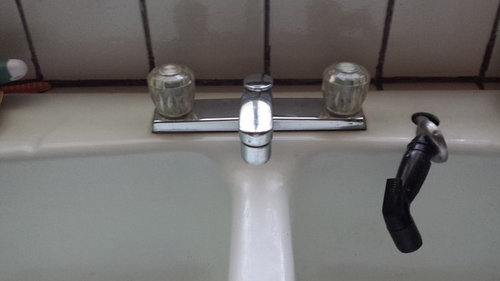 If your house has old or faulty plumbing fixtures, this could also be the culprit behind your low cold water pressure in the kitchen sink. Over time, the seals and valves in faucets and other fixtures can wear out, causing leaks and decreasing water pressure. If this is the case, you may need to replace these fixtures with newer ones to improve the water pressure in your sink.
If your house has old or faulty plumbing fixtures, this could also be the culprit behind your low cold water pressure in the kitchen sink. Over time, the seals and valves in faucets and other fixtures can wear out, causing leaks and decreasing water pressure. If this is the case, you may need to replace these fixtures with newer ones to improve the water pressure in your sink.
Water Supply Issues
 In some cases, the issue may not be with your plumbing at all, but with the water supply to your house. If there is a problem with the main water line or a burst pipe, it can result in low water pressure throughout the house, including the kitchen sink. Check with your neighbors to see if they are also experiencing low water pressure, and if so, contact your water provider to report the issue.
In conclusion, low cold water pressure in the kitchen sink can be caused by a variety of factors, including blockages in the pipes, issues with the shut-off valve, old or faulty plumbing fixtures, or water supply problems. By identifying and addressing the root cause of the problem, you can improve the water pressure in your kitchen sink and make your daily tasks easier and more efficient. Remember, if you are unsure or uncomfortable with handling any plumbing issues, it is always best to seek the help of a professional plumber for safe and effective solutions.
In some cases, the issue may not be with your plumbing at all, but with the water supply to your house. If there is a problem with the main water line or a burst pipe, it can result in low water pressure throughout the house, including the kitchen sink. Check with your neighbors to see if they are also experiencing low water pressure, and if so, contact your water provider to report the issue.
In conclusion, low cold water pressure in the kitchen sink can be caused by a variety of factors, including blockages in the pipes, issues with the shut-off valve, old or faulty plumbing fixtures, or water supply problems. By identifying and addressing the root cause of the problem, you can improve the water pressure in your kitchen sink and make your daily tasks easier and more efficient. Remember, if you are unsure or uncomfortable with handling any plumbing issues, it is always best to seek the help of a professional plumber for safe and effective solutions.
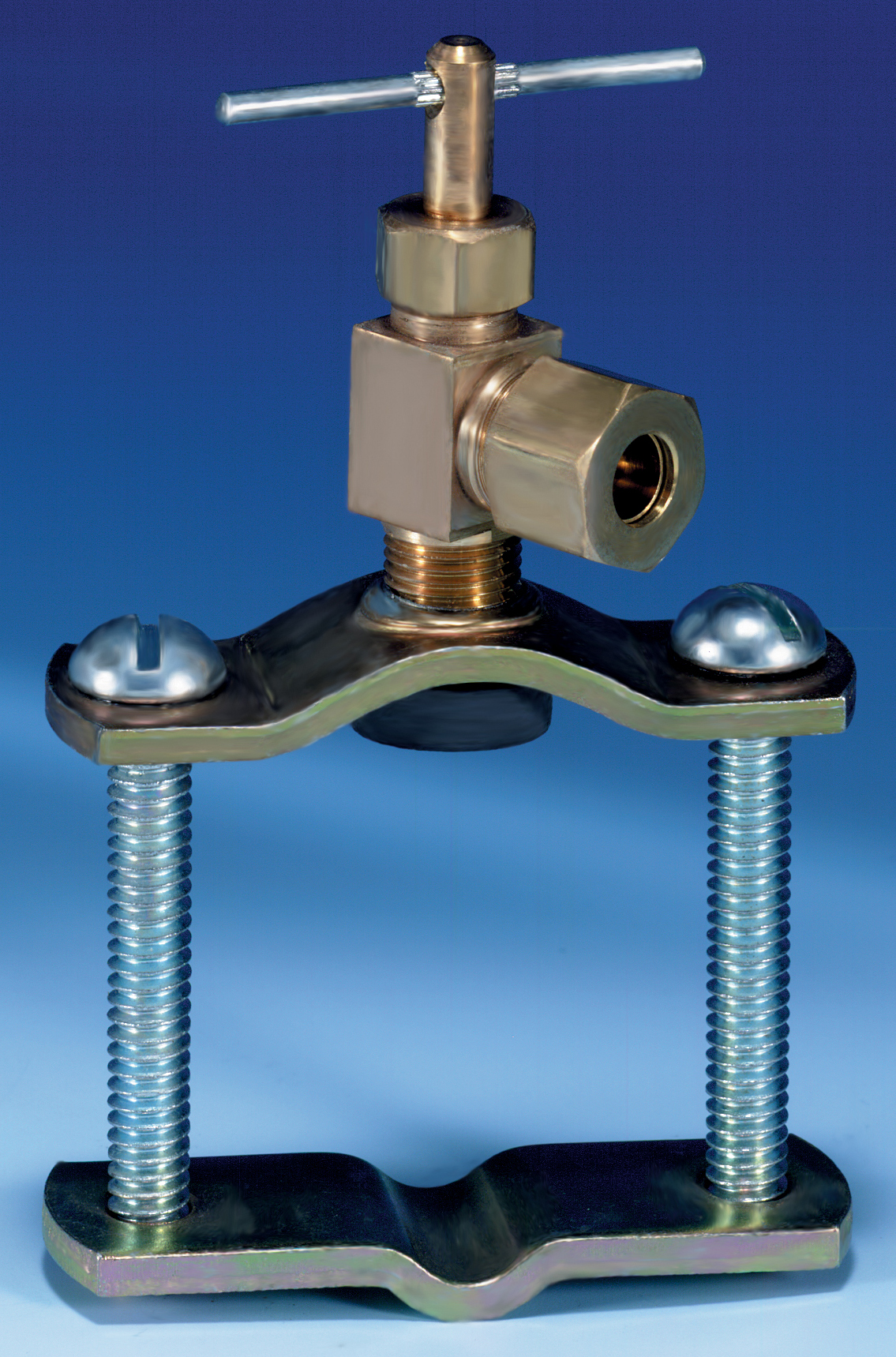






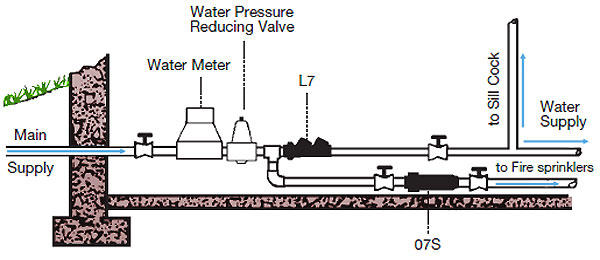
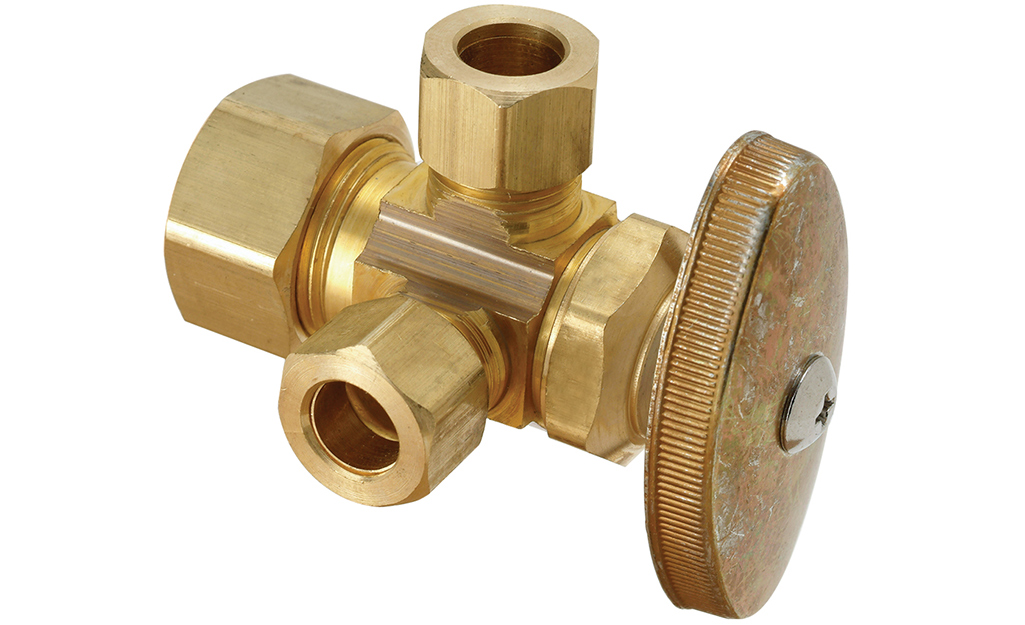


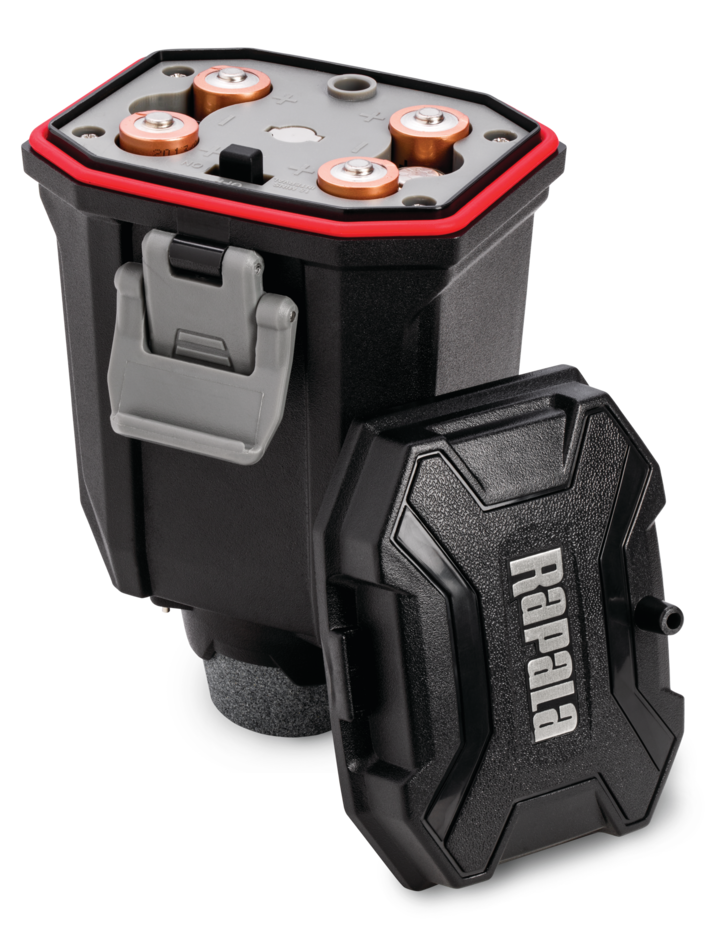










:max_bytes(150000):strip_icc()/the-men-s-hand-opens-the-ball-valve-on-the-collector-1006810456-5c5fc73fc9e77c000159c4af.jpg)









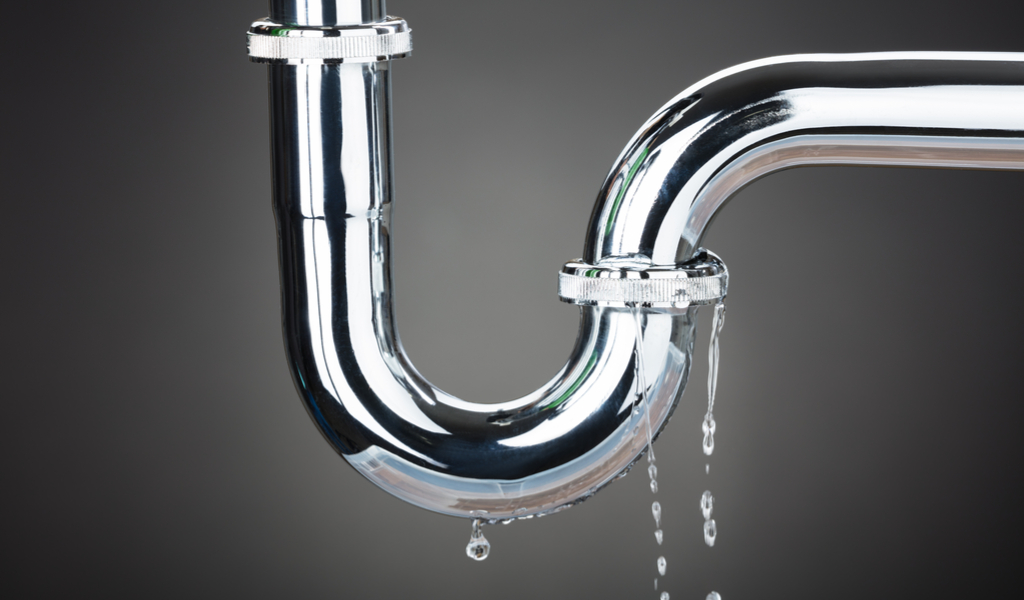






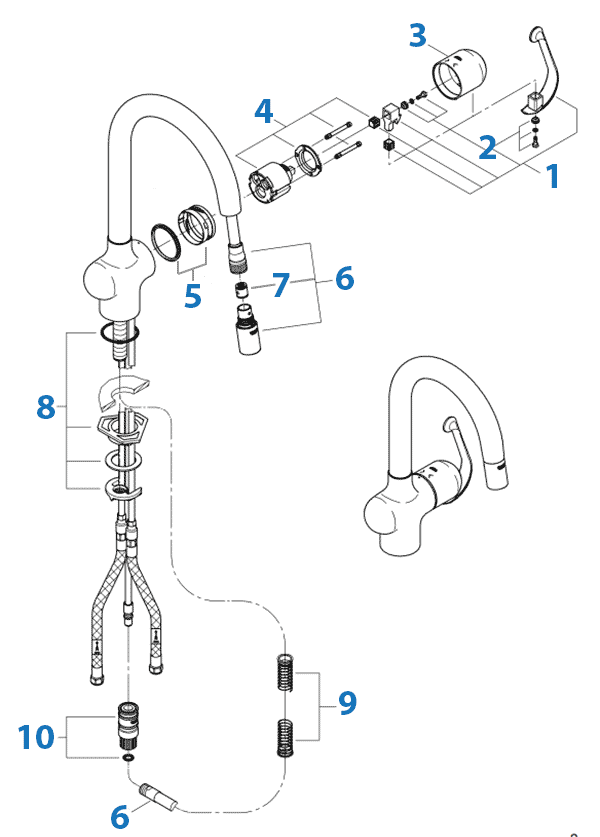





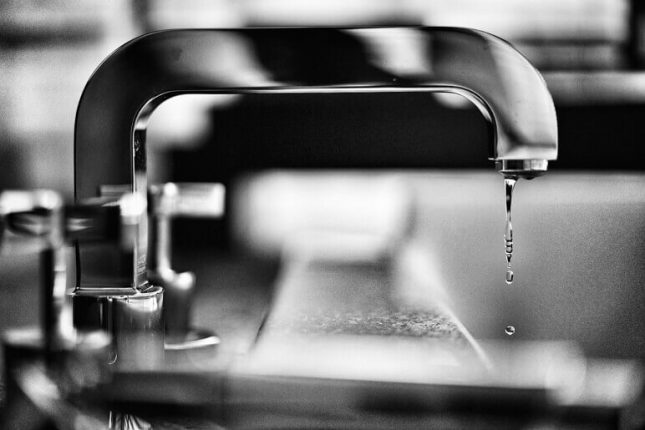




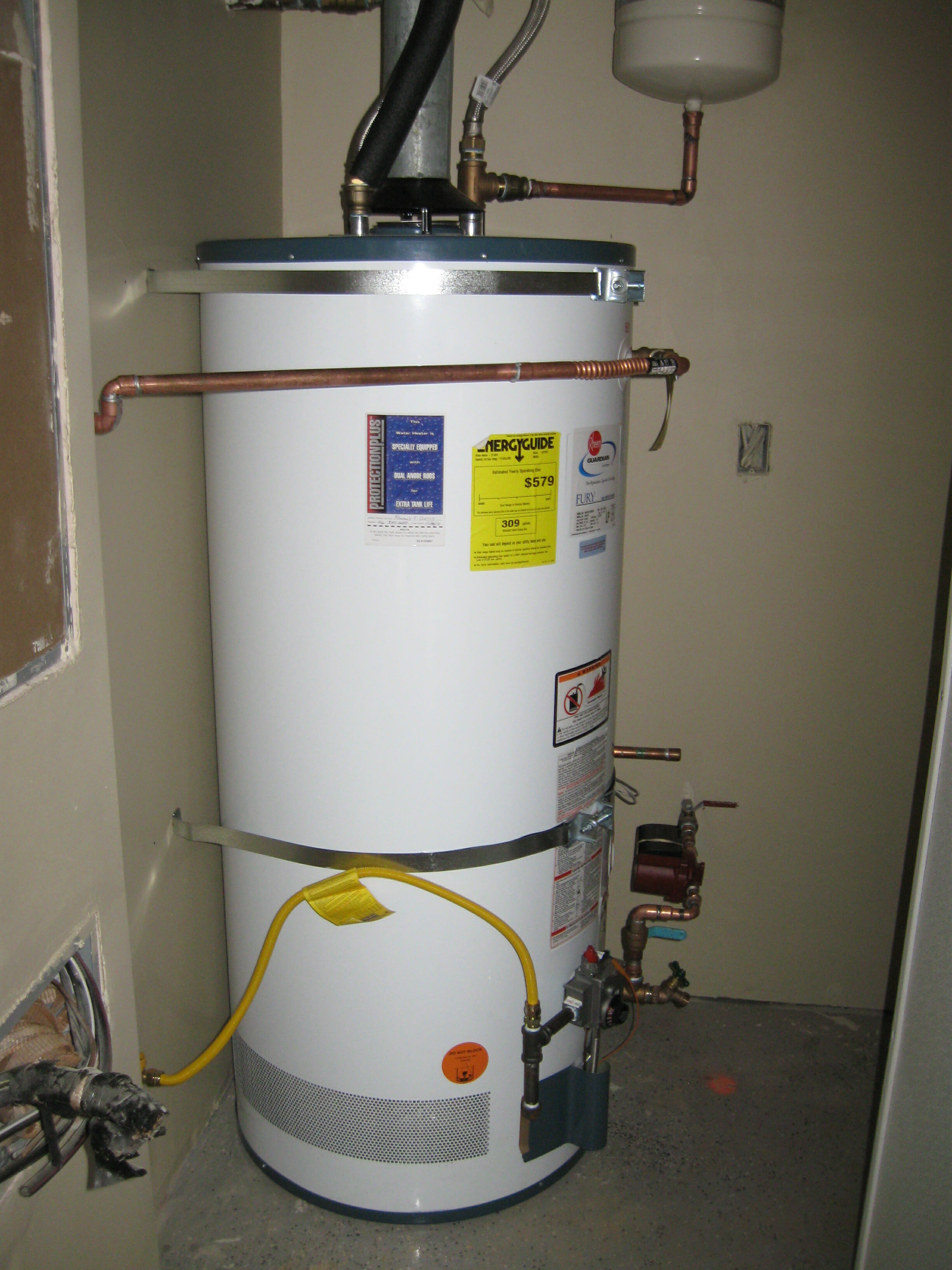



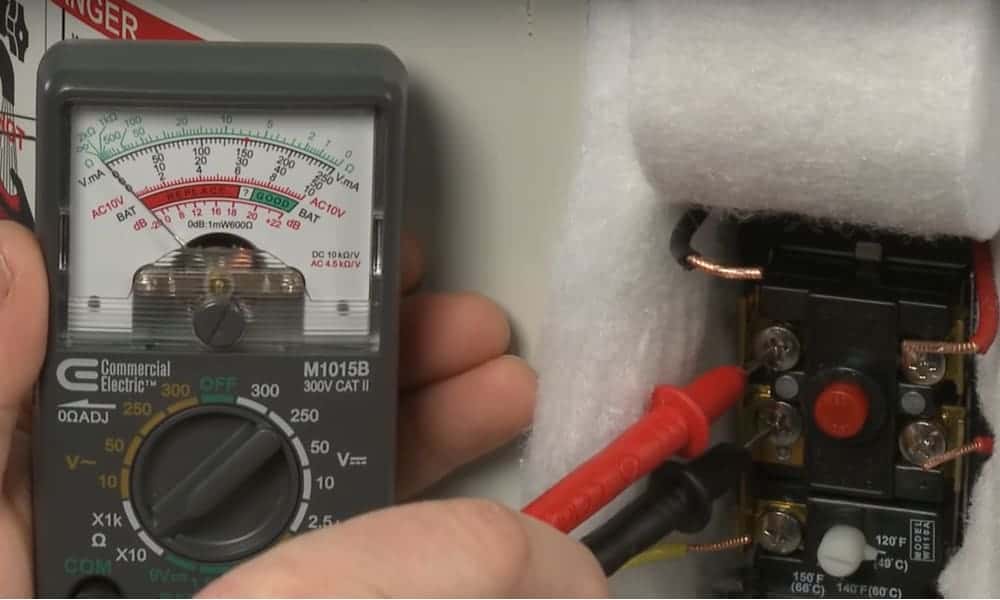
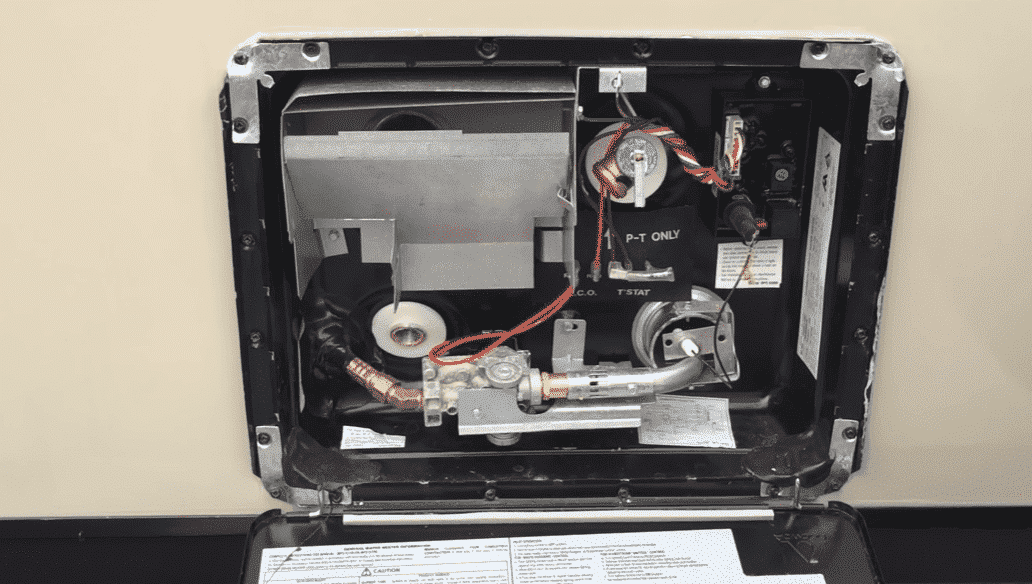

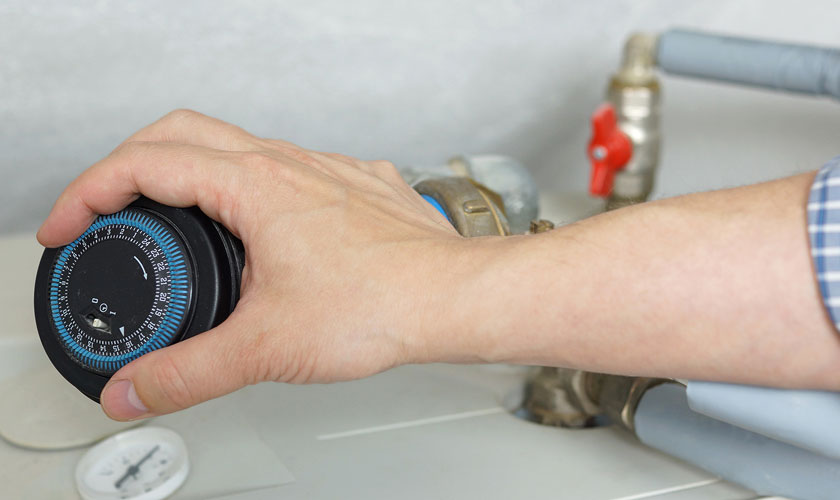

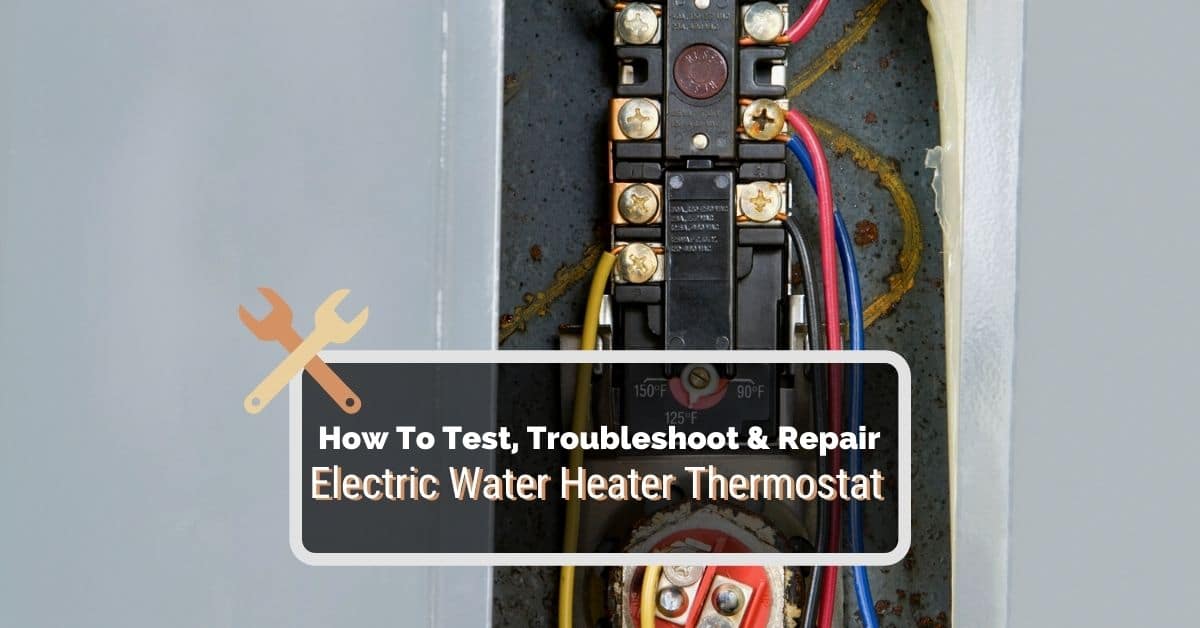



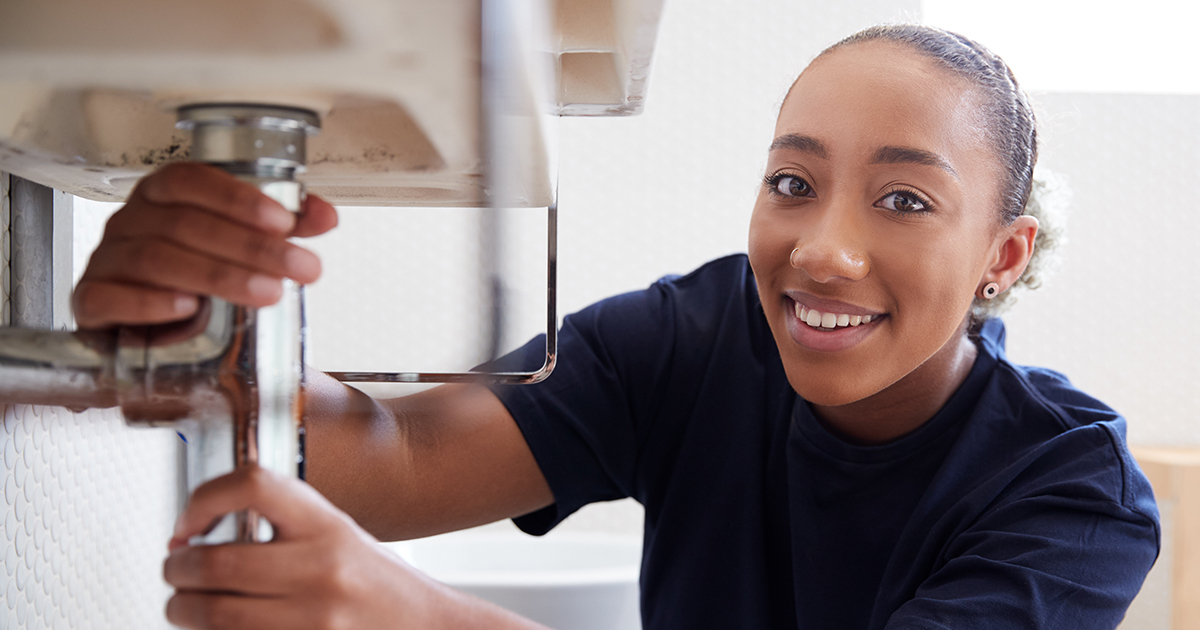

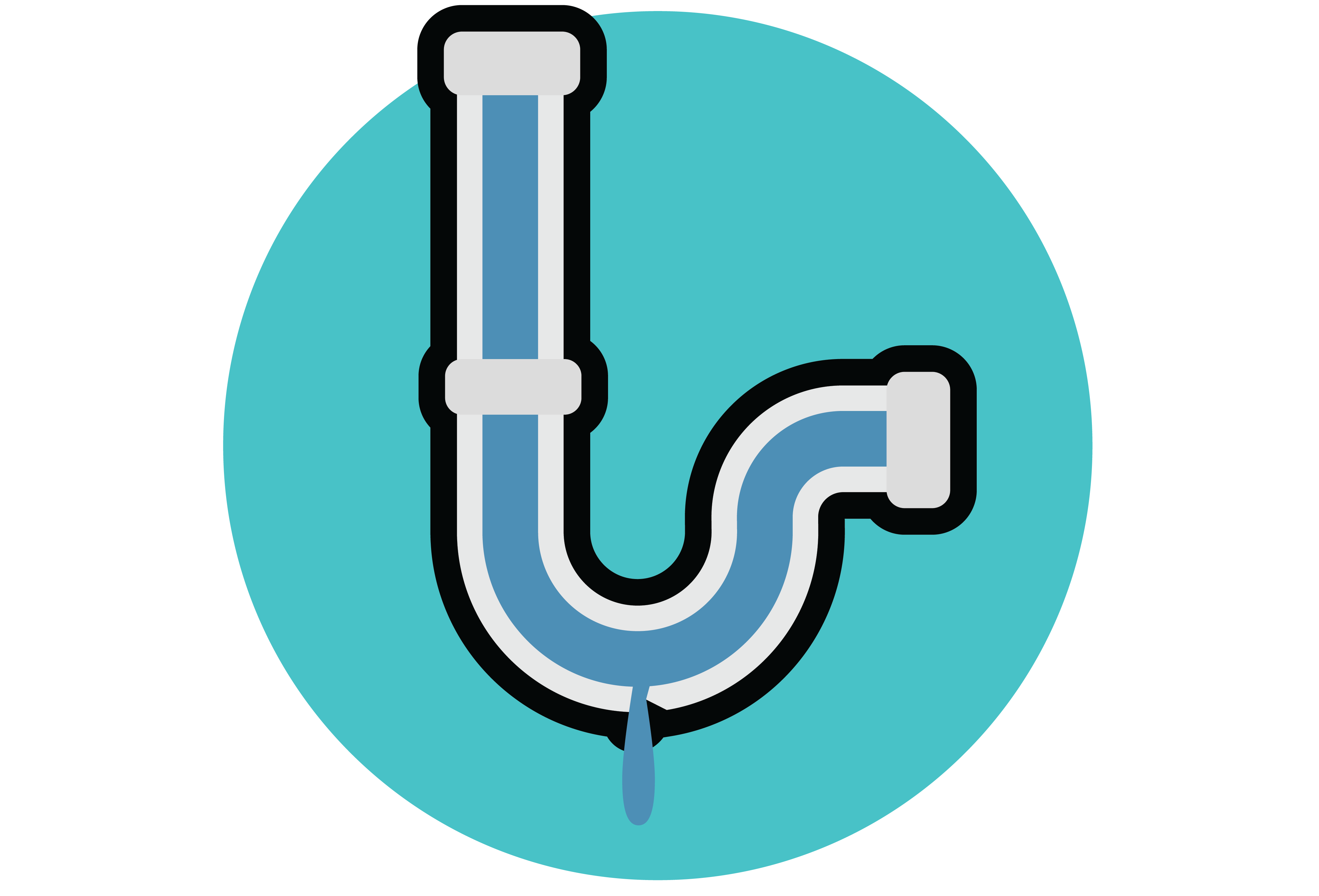

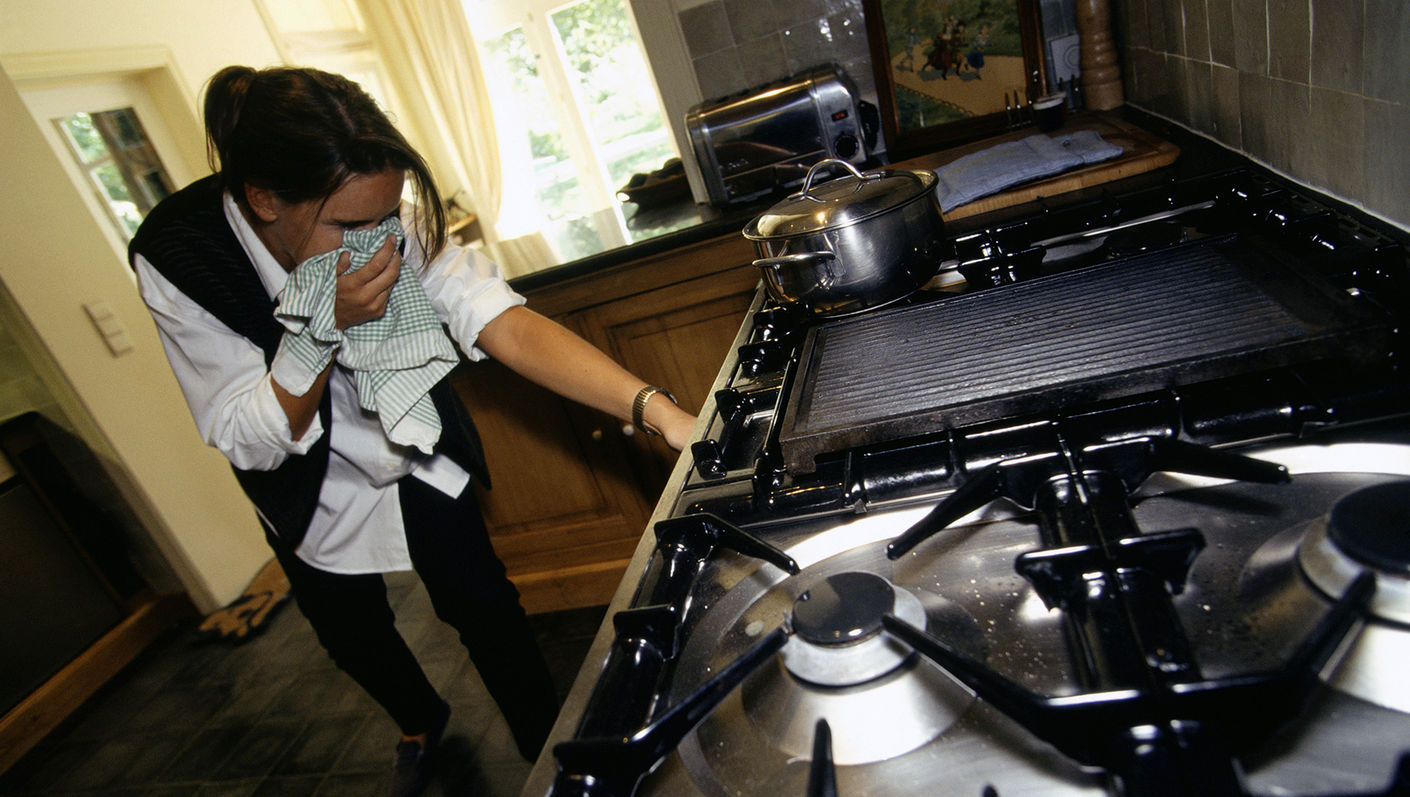

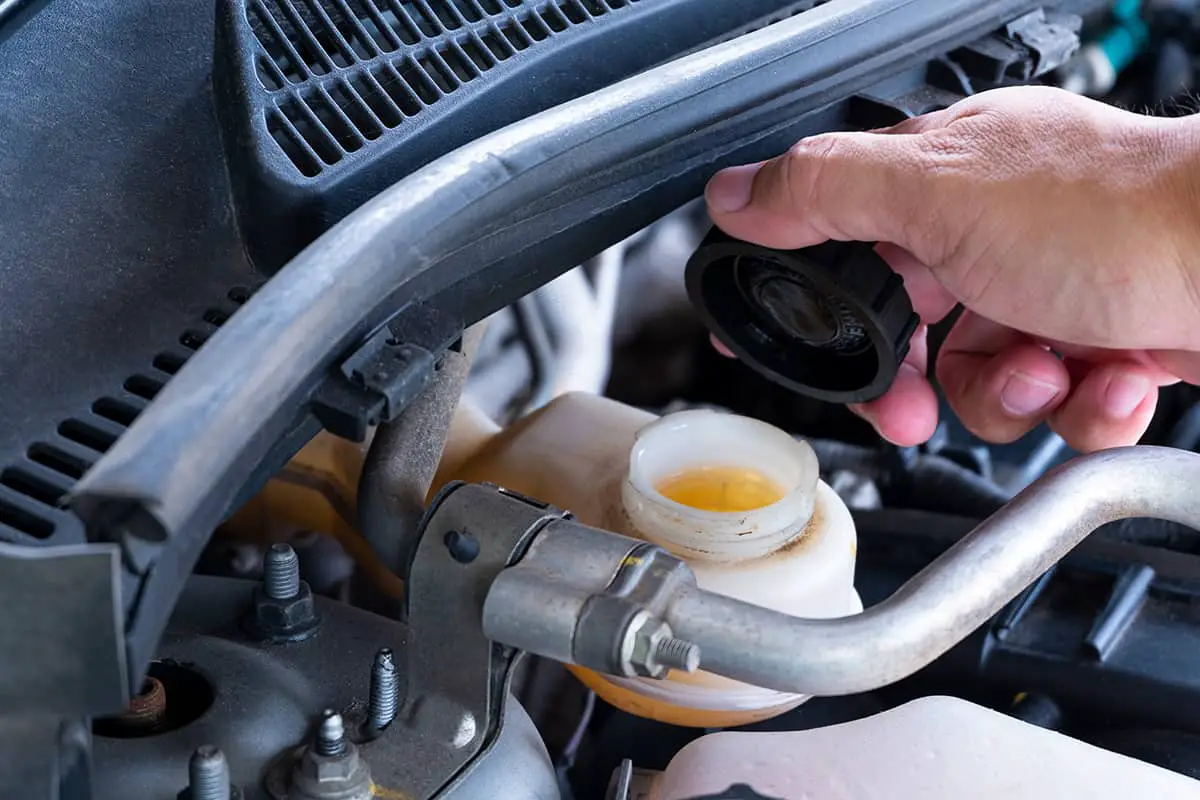





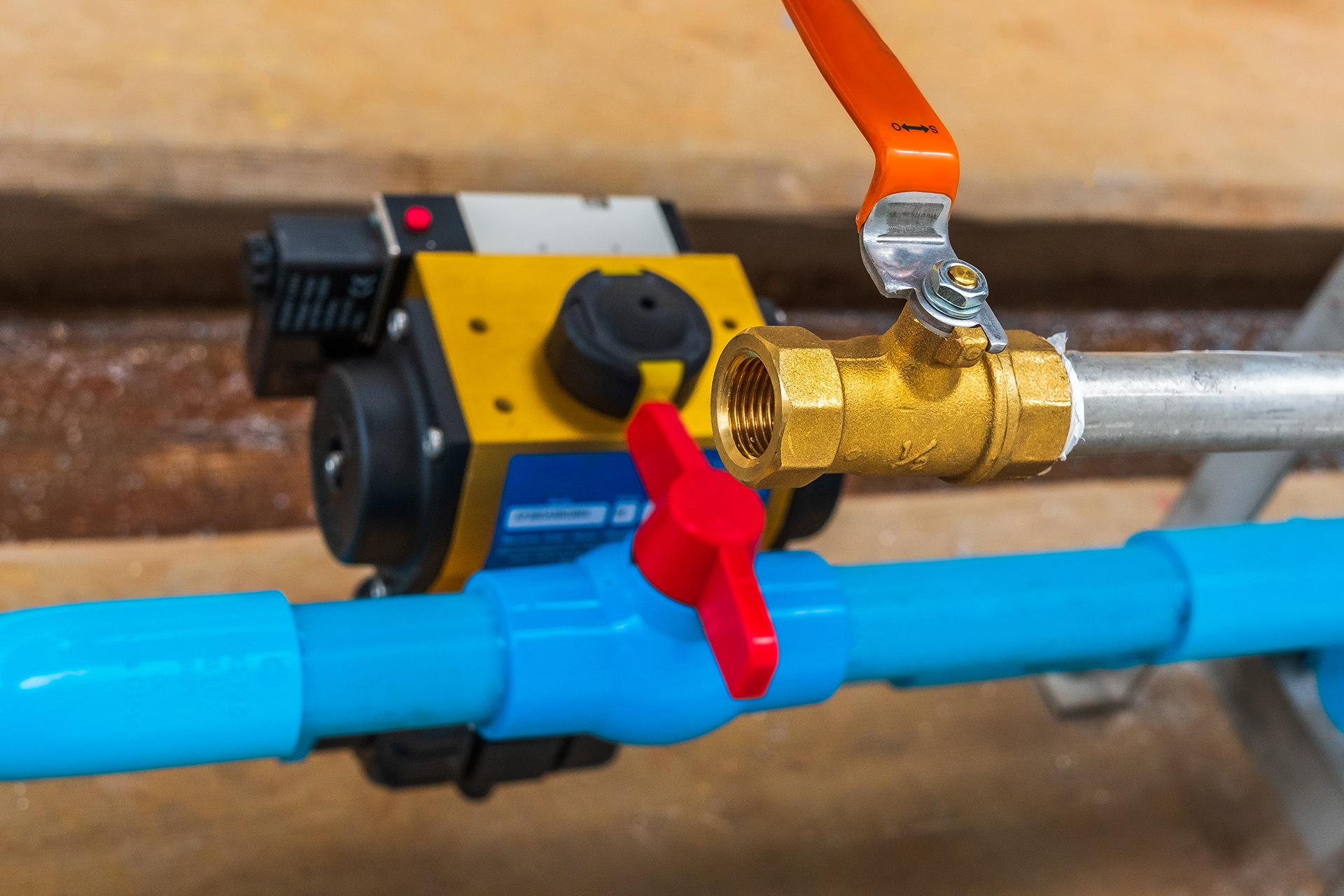
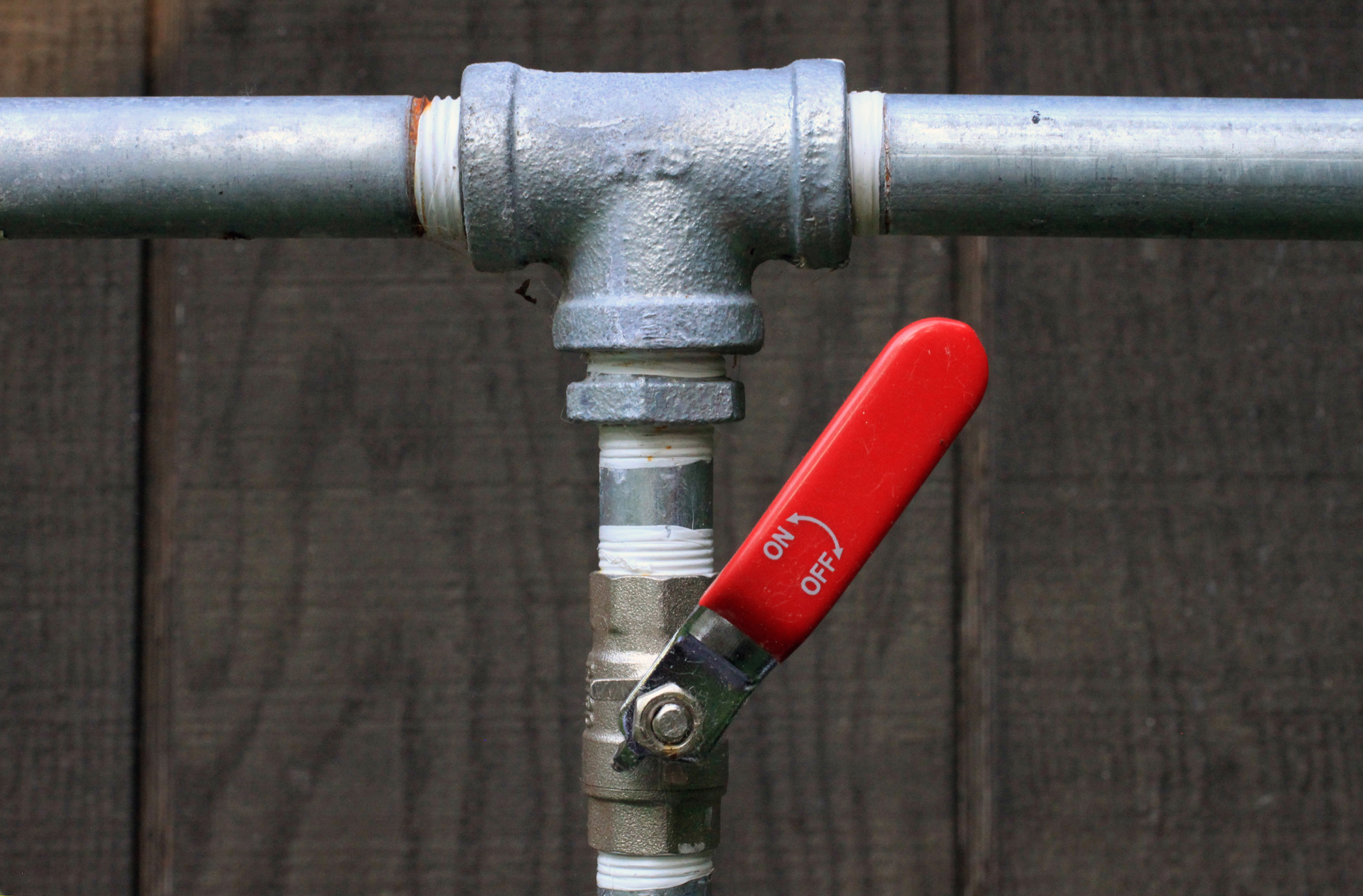


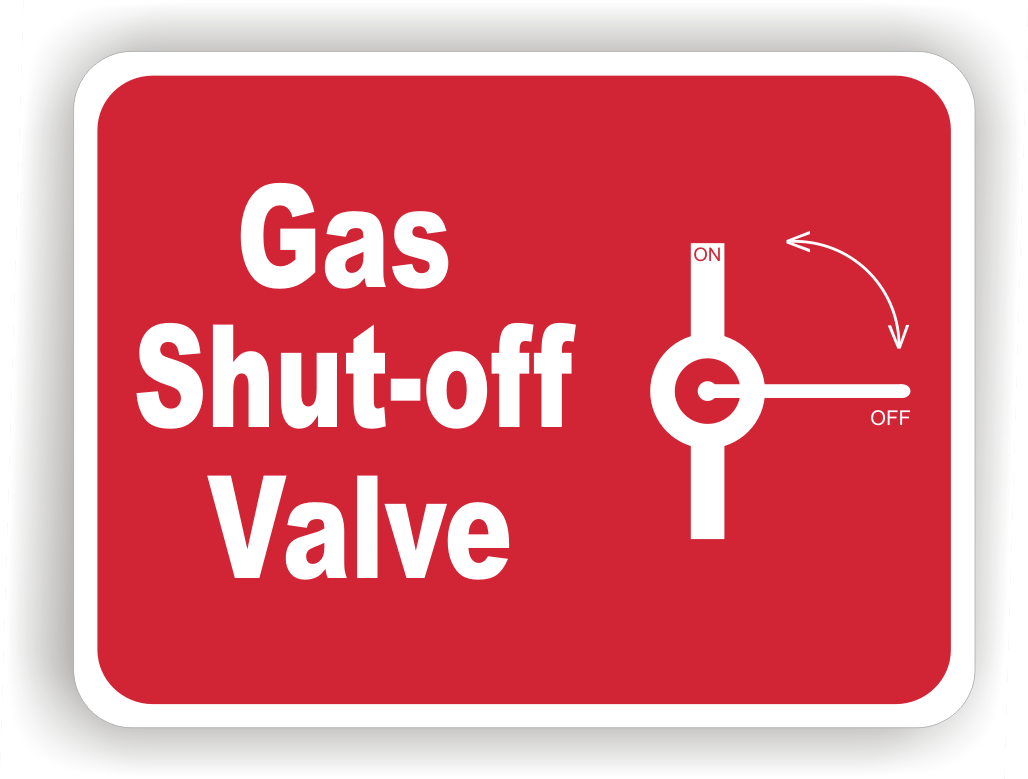

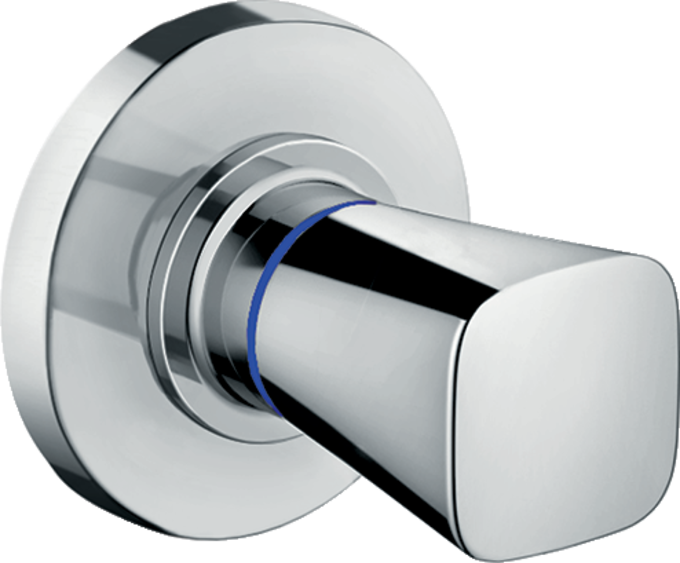
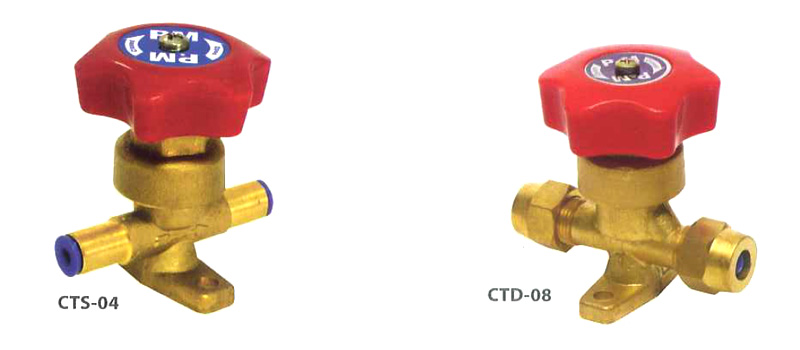

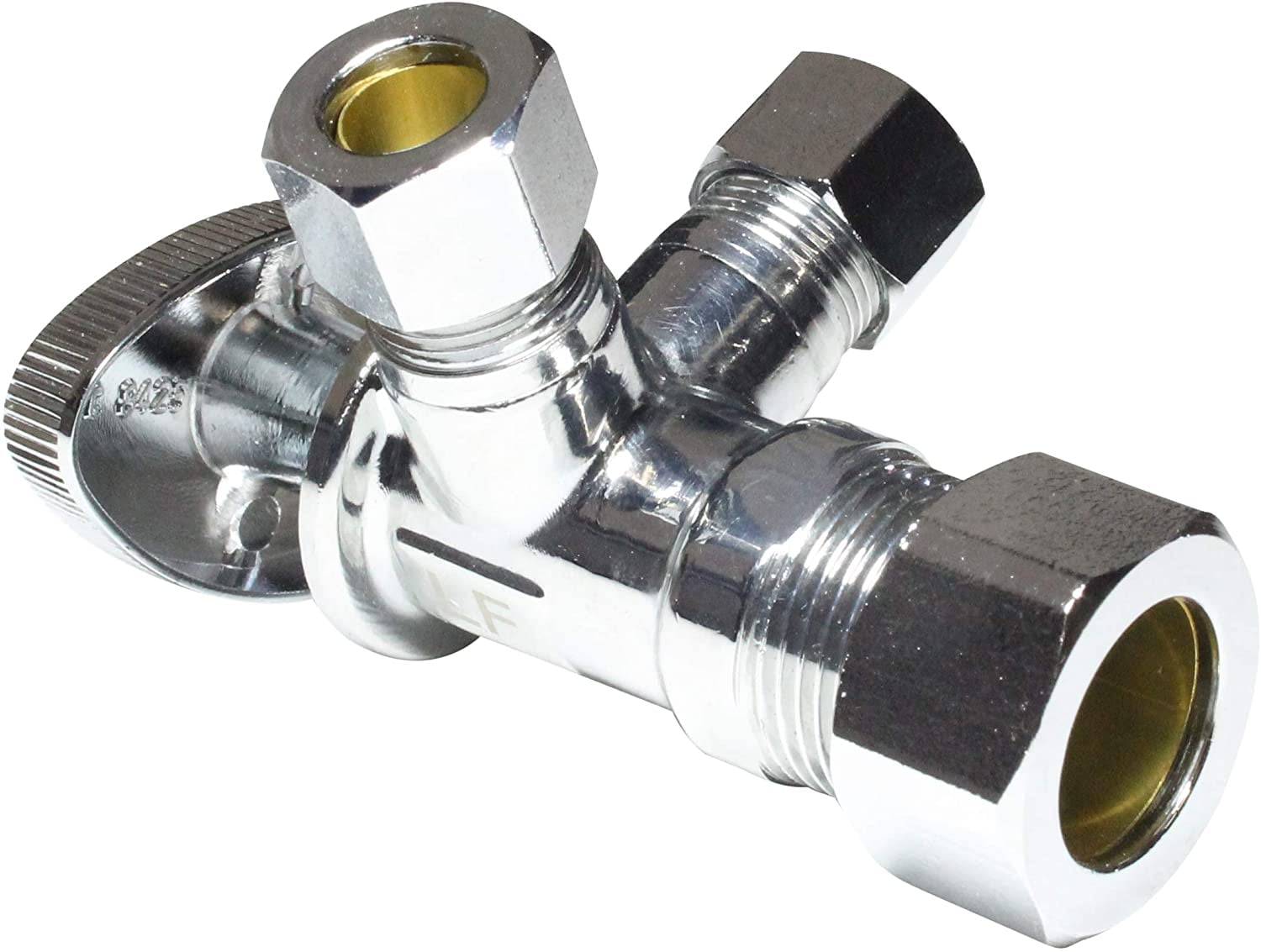






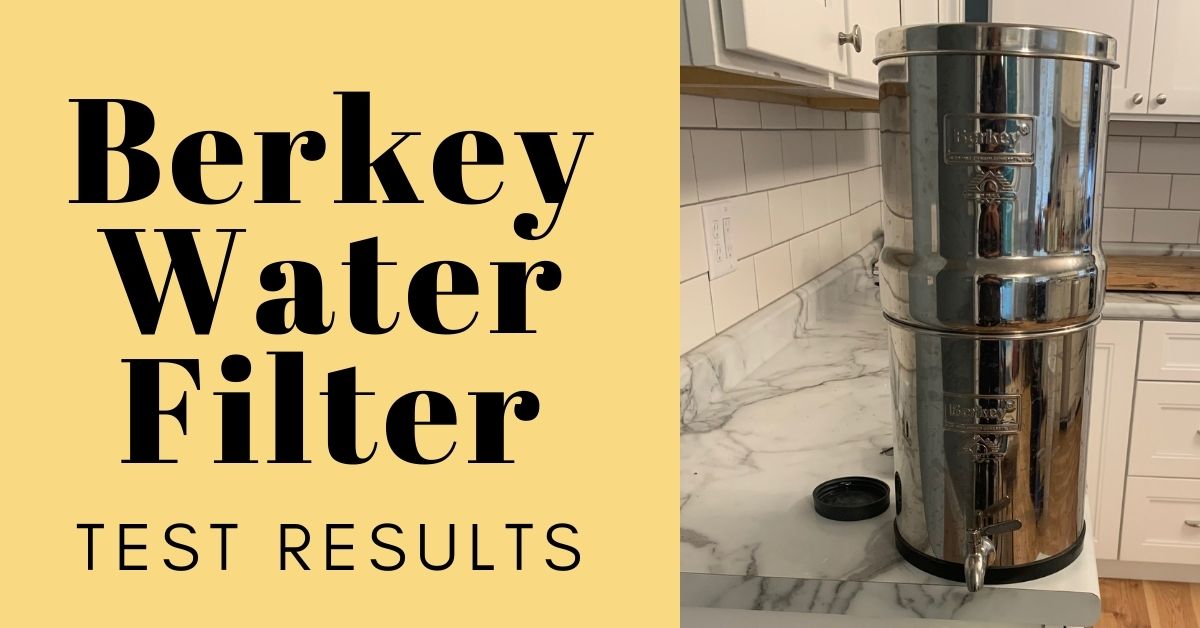
/cdn.vox-cdn.com/uploads/chorus_image/image/63879746/WaterFilter_2.0.jpg)
